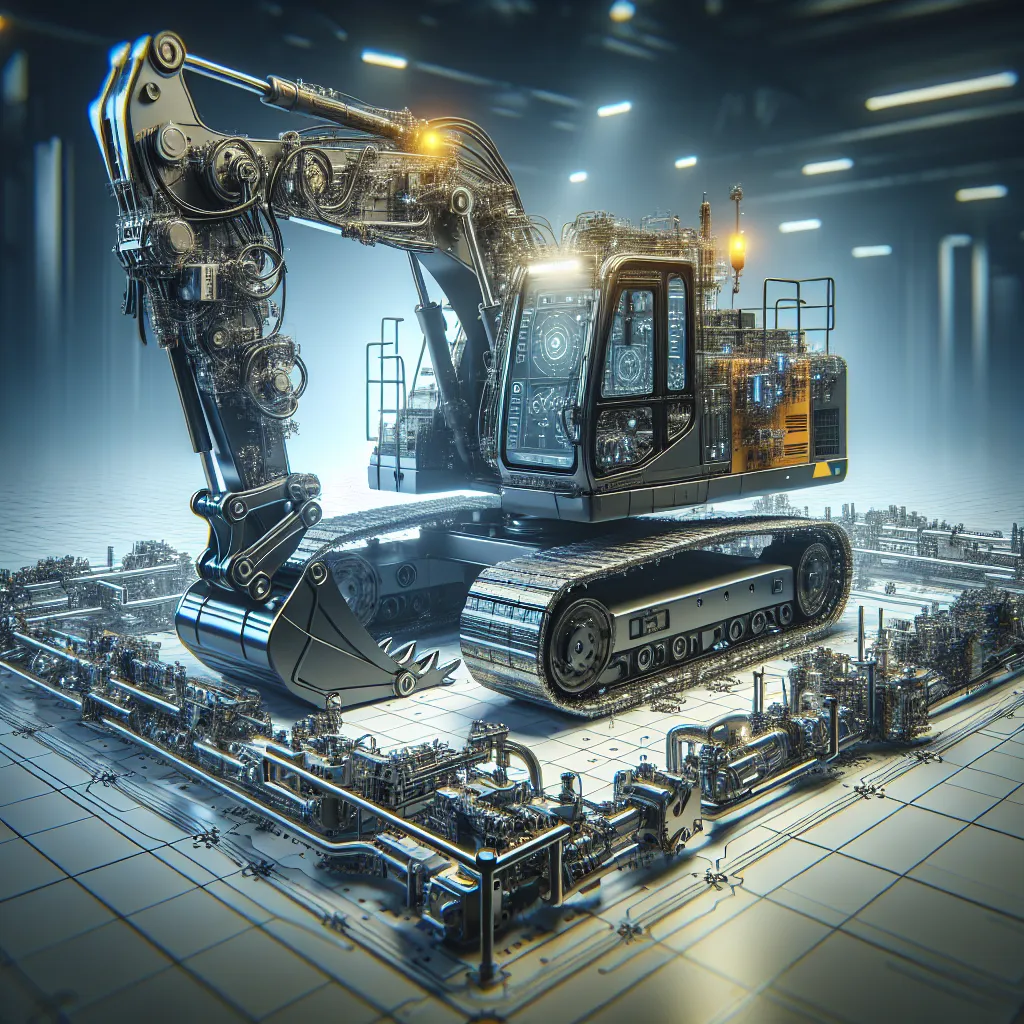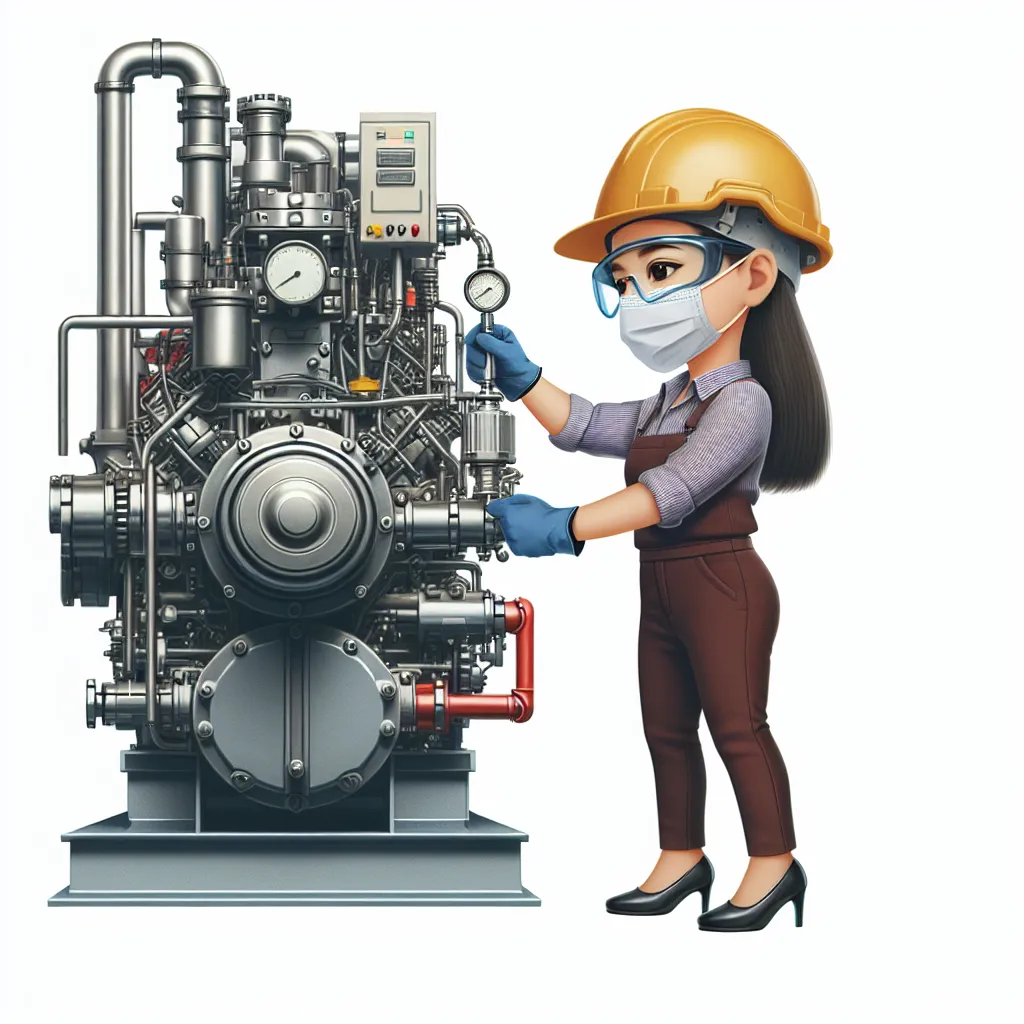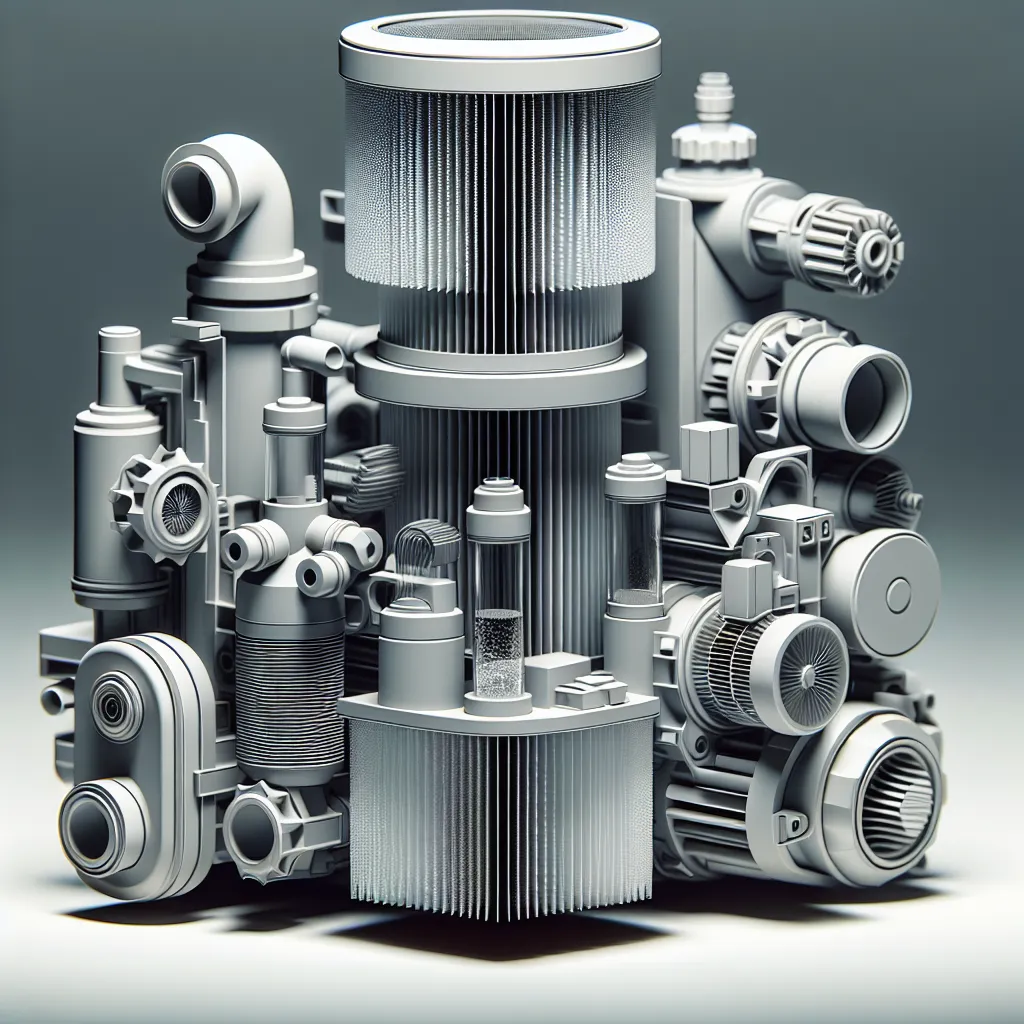The Importance of Regular Equipment Maintenance
The impact of regular equipment maintenance on operational efficiency is significant, influencing productivity, quality, and safety across various industries. By conducting routine maintenance, organizations can minimize the risk of unexpected breakdowns, leading to fewer interruptions in production processes and consistent output. Moreover, well-maintained equipment positively affects the quality of output, crucial in industries where consistent standards are imperative for customer satisfaction. Additionally, regular maintenance plays a pivotal role in ensuring a safe working environment by mitigating risks and creating a safer workplace. Prioritizing routine maintenance schedules and investing in proactive measures can optimize operational efficiency and maintain a competitive edge in today’s business landscape. The importance of regular maintenance for maximizing the lifespan of machinery and tools cannot be overlooked, as it ensures peak efficiency, cost savings, and improved productivity through early detection of issues and timely replacements.
























